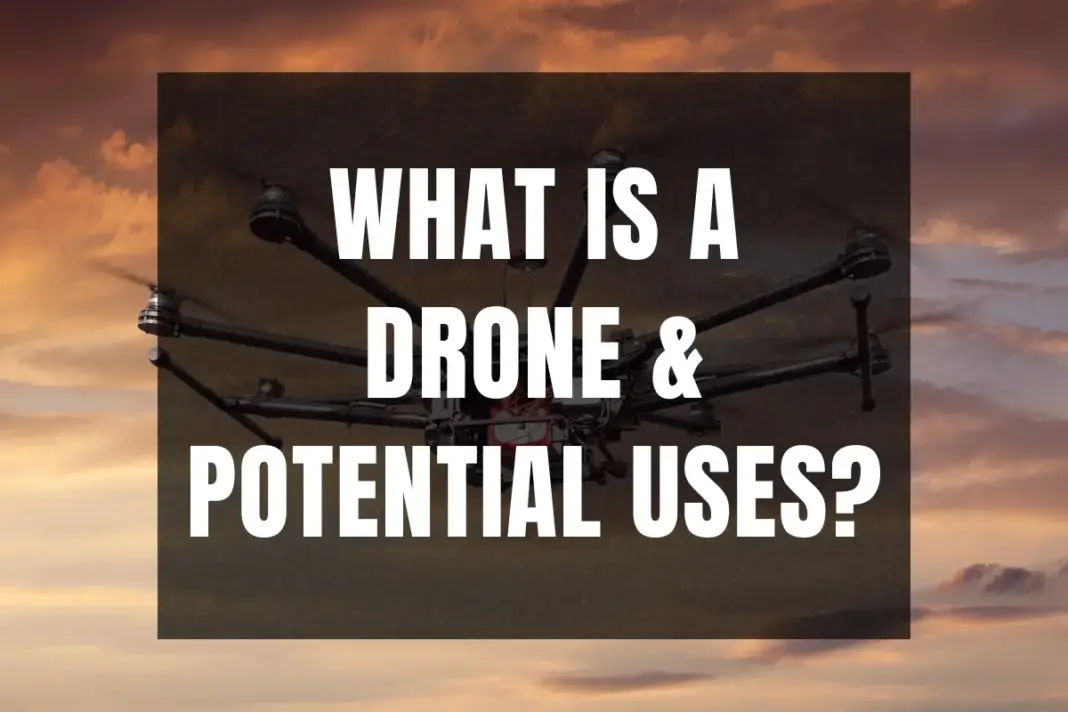In recent years, the term “drone” has buzzed into mainstream conversations, captivating the imagination of tech enthusiasts, filmmakers, and innovators alike. But what exactly is a drone, and what potential uses does it offer in today’s rapidly evolving technological landscape? Let’s take a closer look.
Defining a Drone
At its core, a drone, also known as an Unmanned Aerial Vehicle (UAV), is an aircraft without a human pilot on board. It’s a robot that can be remotely controlled or fly autonomously using software-controlled flight plans working with onboard sensors and GPS.
Types of Drones
While the average person might think of a quadcopter when they hear “drone,” there are several types:
- Multi-Rotor Drones are the most common consumer drones used mainly for photography and videography.
- Fixed-Wing Drones: Resembling a traditional plane, these drones are used primarily for surveying large land areas.
- Single Rotor Drones: With a helicopter-like design, these are more efficient than multi-rotors but require more skill.
- Hybrid VTOL Drones: Combining the best of both worlds, these drones can hover and cover long distances.
Potential Uses of Drones
Drones have soared beyond mere recreational activities. Here are some of their remarkable uses:
- Photography and Filmmaking: Drones have revolutionized how filmmakers capture aerial shots, providing an affordable and versatile solution.
- Agriculture: Drones with specialized sensors can monitor crops, soil health, and irrigation systems, allowing farmers to make better-informed decisions.
- Delivery: Major companies are testing drones for small package delivery, which could dramatically reduce shipping times.
- Environmental Monitoring: Scientists deploy drones to track wildlife, monitor forest health, and predict volcanic activity.
- Real Estate: Real estate agents use drones to give potential buyers bird’s-eye views of properties, elevating their listing presentations.
- Search and Rescue: Drones with thermal sensors can locate lost individuals in challenging terrains, significantly reducing response times.
- Inspection: From checking power lines to inspecting wind turbines, drones provide a safer and more efficient method for industrial inspections.
- Defense: Militaries worldwide use drones for surveillance, reconnaissance, and, in some cases, combat missions.
- Public Safety: Law enforcement agencies deploy drones for crowd monitoring, crime scene analysis, and tactical operations.
- Healthcare: In remote areas, drones are being tested to transport medical supplies, potentially saving lives.
The Regulatory Landscape
As the potential uses of drones expand, so does the need for regulations. Governments worldwide have implemented policies to ensure safe drone operations, balancing innovation with public safety. If you’re considering a drone for professional use, it’s essential to familiarize yourself with local regulations.
The Future of Drones
The horizon looks bright for drones. As technology advances, we can expect drones to become even more integrated into our daily lives. Potential advancements include:
- Swarm Technology: Multiple drones working in tandem for tasks like large-scale agriculture monitoring or synchronized light shows.
- Improved Autonomy: Future drones might require minimal human input to navigate complex environments quickly.
- Advanced AI: Integrating artificial intelligence could enable drones to make decisions based on real-time data analysis.
Conclusion
Drones, once a futuristic concept, are now a part of our present. From reshaping industries like filmmaking and agriculture to playing crucial roles in search and rescue operations, the potential uses of drones seem boundless. As we stand on the cusp of more technological advancements, one thing is sure: drones are here to stay, and their impact will only deepen. Whether you’re a hobbyist, professional, or mere observer, the drone revolution offers a thrilling glimpse into the future of innovation.

